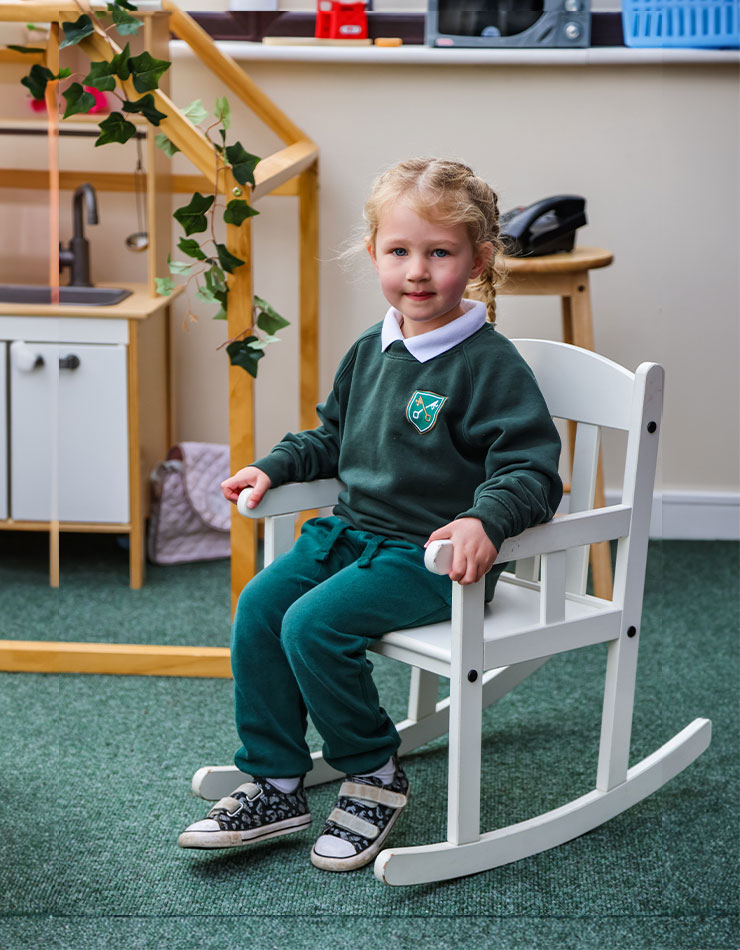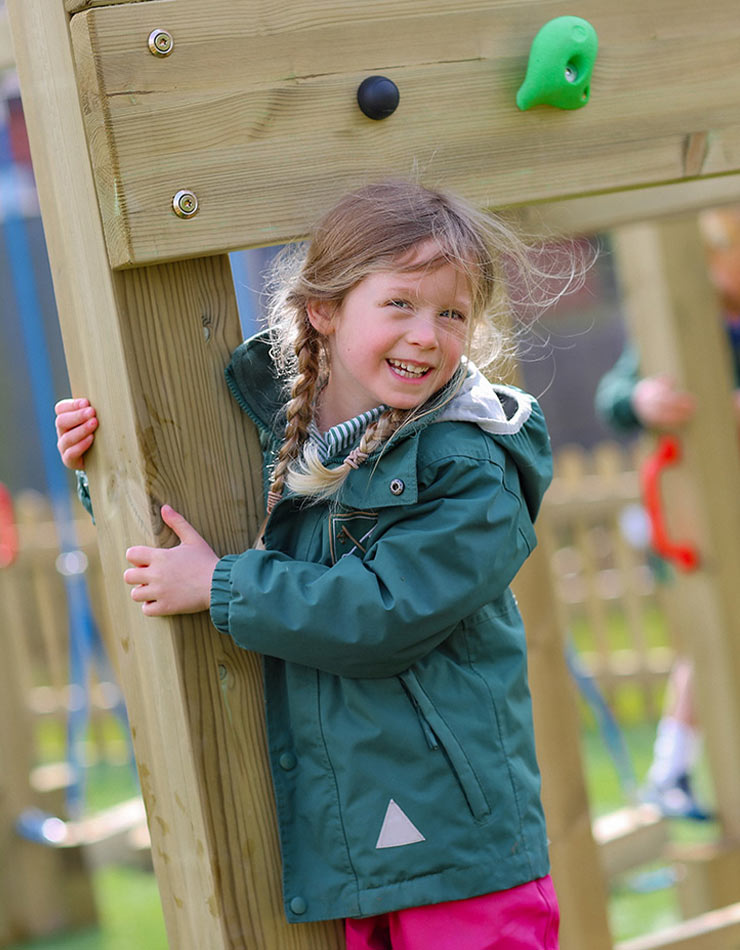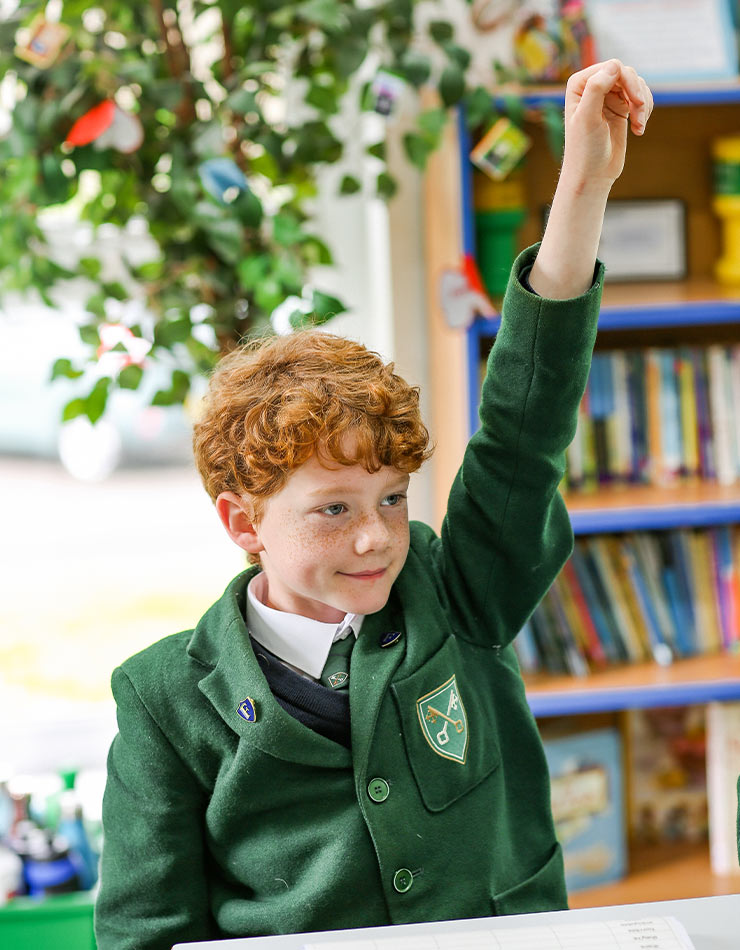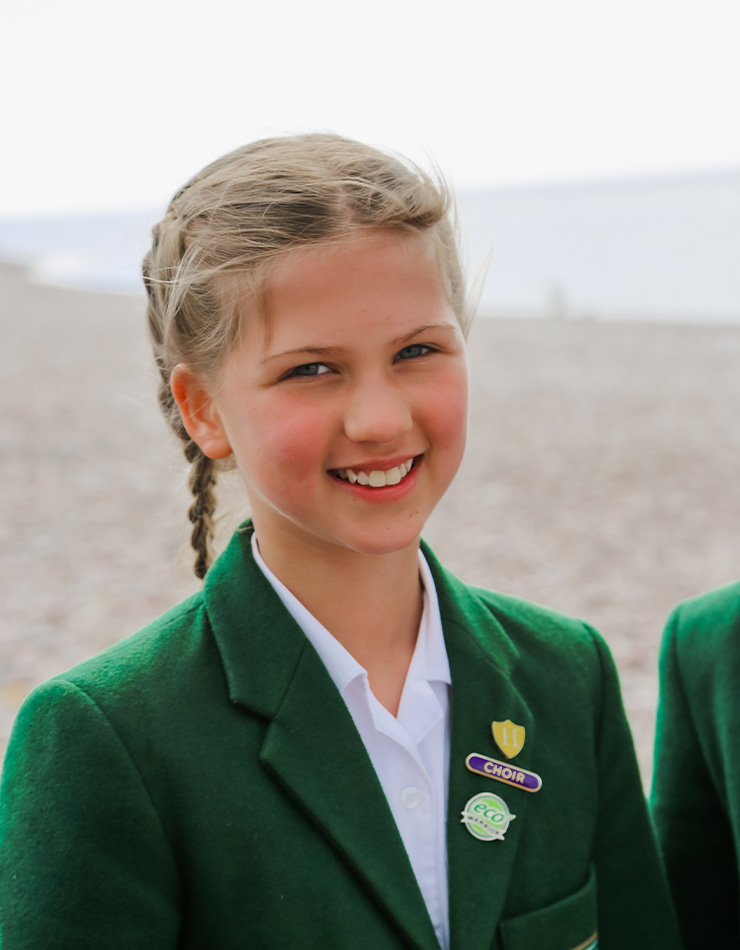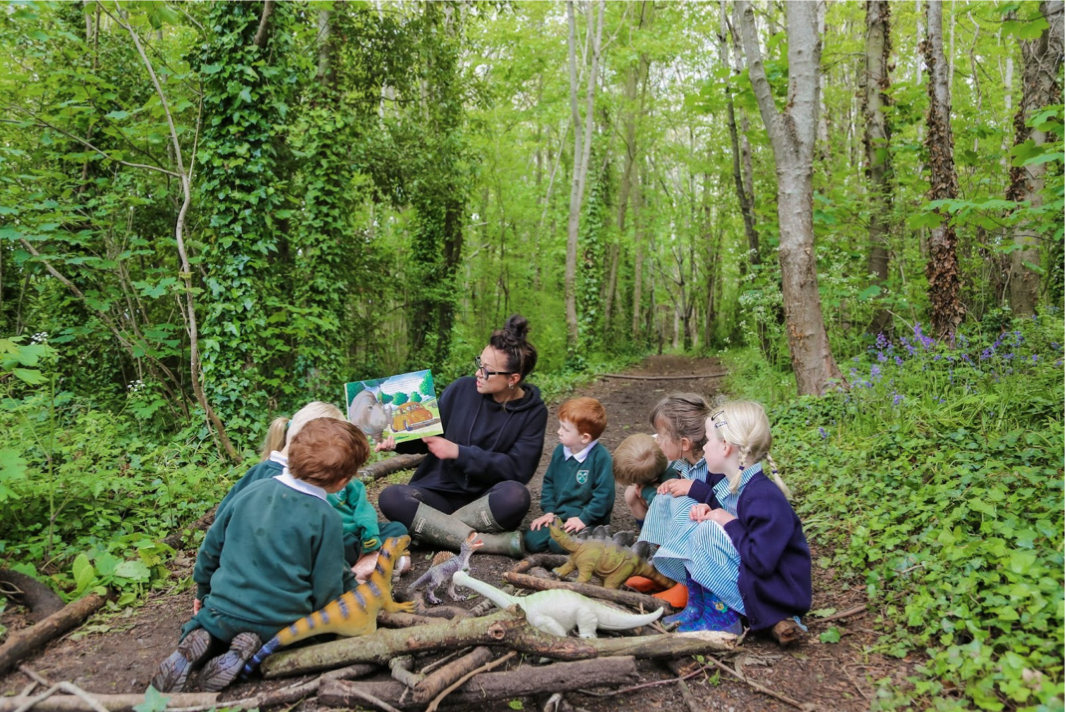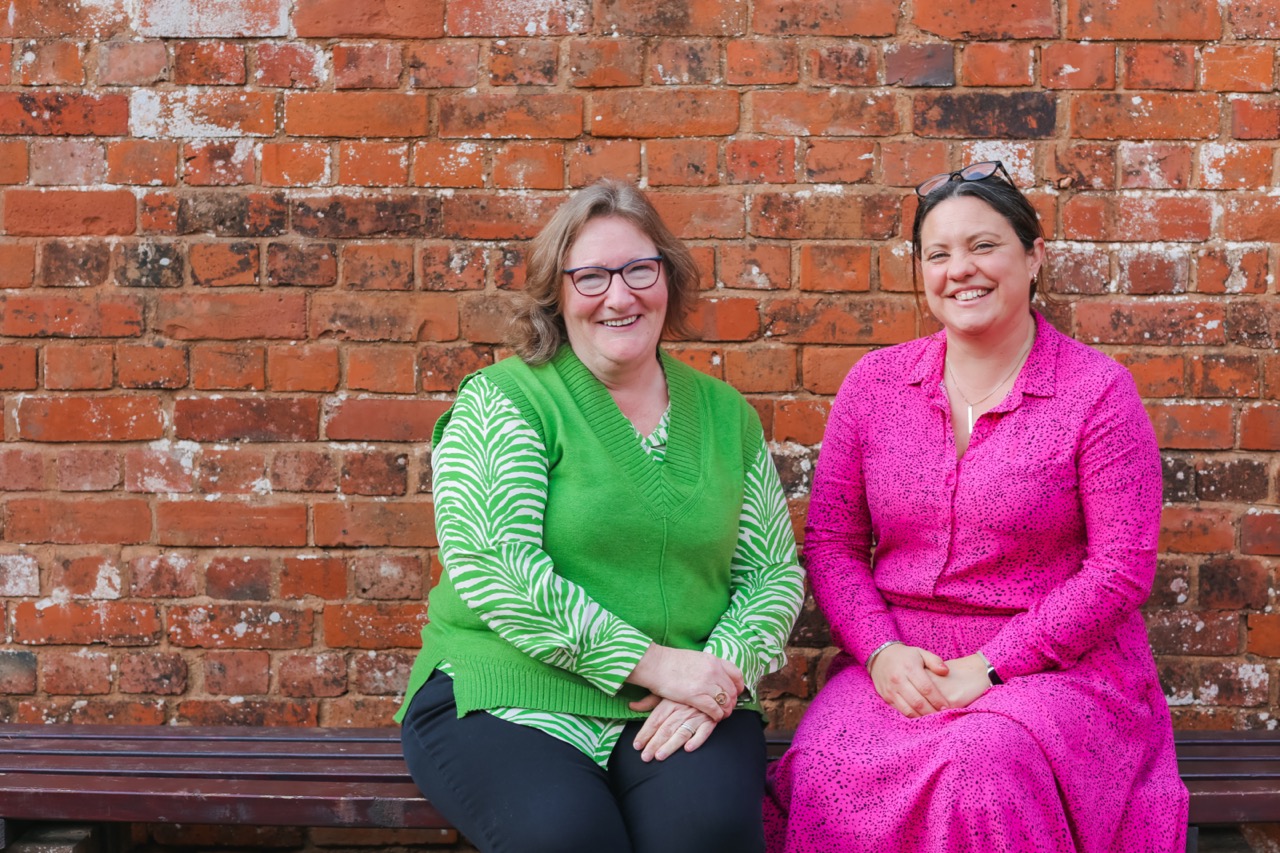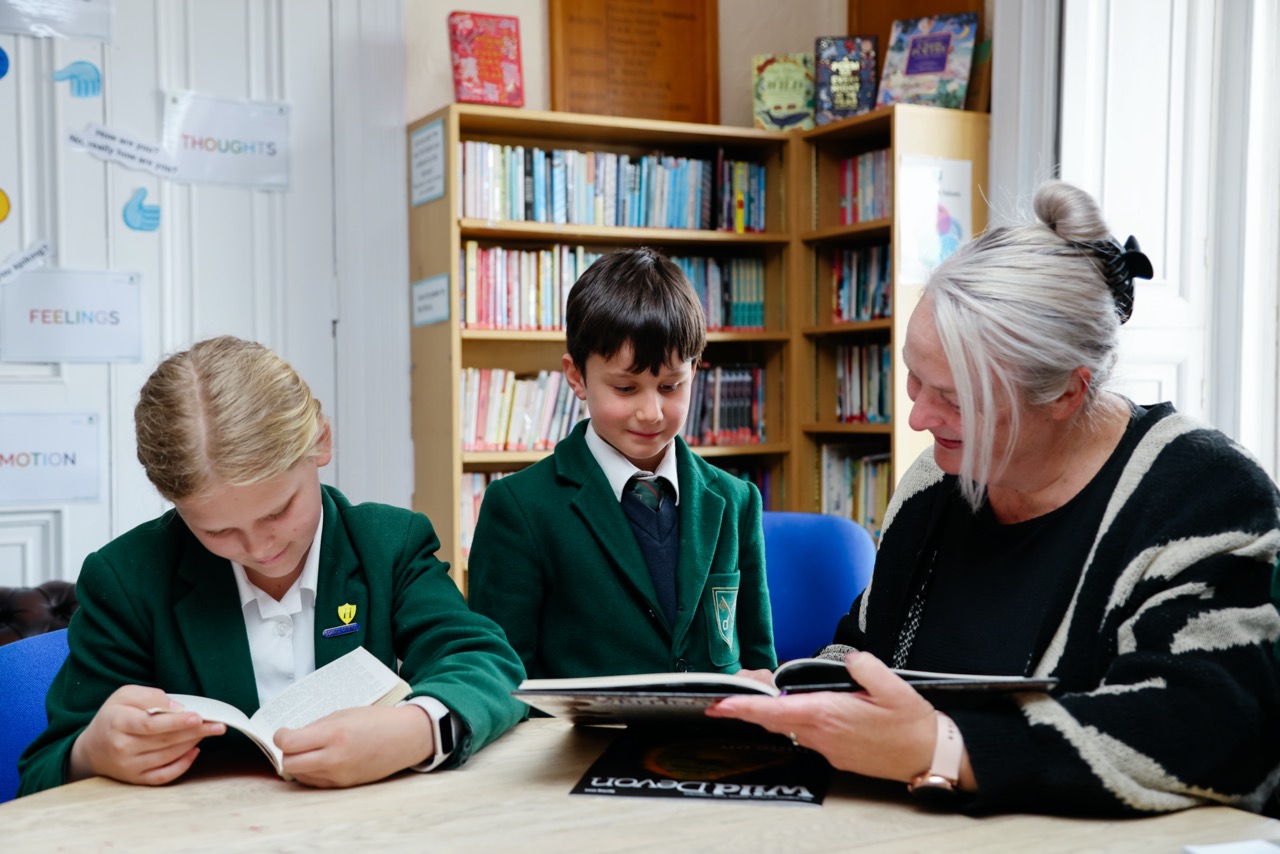Stories have the power to inspire, to heal, to enchant and to show us what life is like through another person’s eyes. Fictional worlds are a space where children can express their feelings, explore new ideas and ignite their imagination through written and spoken words.
Why is Storytelling Important for Children?
Promoting brain development, activating imaginative thinking and nurturing empathy are just some of the reasons why storytelling is important for children.
Best-selling author Neil Gaiman states, ‘I hope we will give our children a world in which they will read, and be read to. And imagine. And understand.’ From Aesop’s fables to Hans Christian Anderson’s fairy tales, stories hold a special place in childhood. Stories are also great vehicles for spending time with your child as you both explore new concepts together.

If you’re looking for creative ways to make storytime even more fun, take a look at our top suggestions below.
Storytelling Cubes
The tactile element of story cubes is enough to convince parents and children alike to give them a roll and see what adventure awaits. With nine cubes to roll and a different image on each side, you decide which cube to start with and let the remaining cubes act as prompts along your storytelling journey.
From there, your imagination is in the driving seat, and you can create new worlds, characters and stories. These are perfect for holidays or long car journeys.
Storytelling Cards
From wicked witches to enchanting elves, there are a whole host of storytelling cards available for children and parents to enjoy when it comes to storytime. These colourful cards with inspiring illustrations guide story creators from the conception of the idea, to gathering the ingredients for the plot and then using them to build a story.
Take your pick from over 30 cards with useful questions to help you develop creative, spellbinding stories.
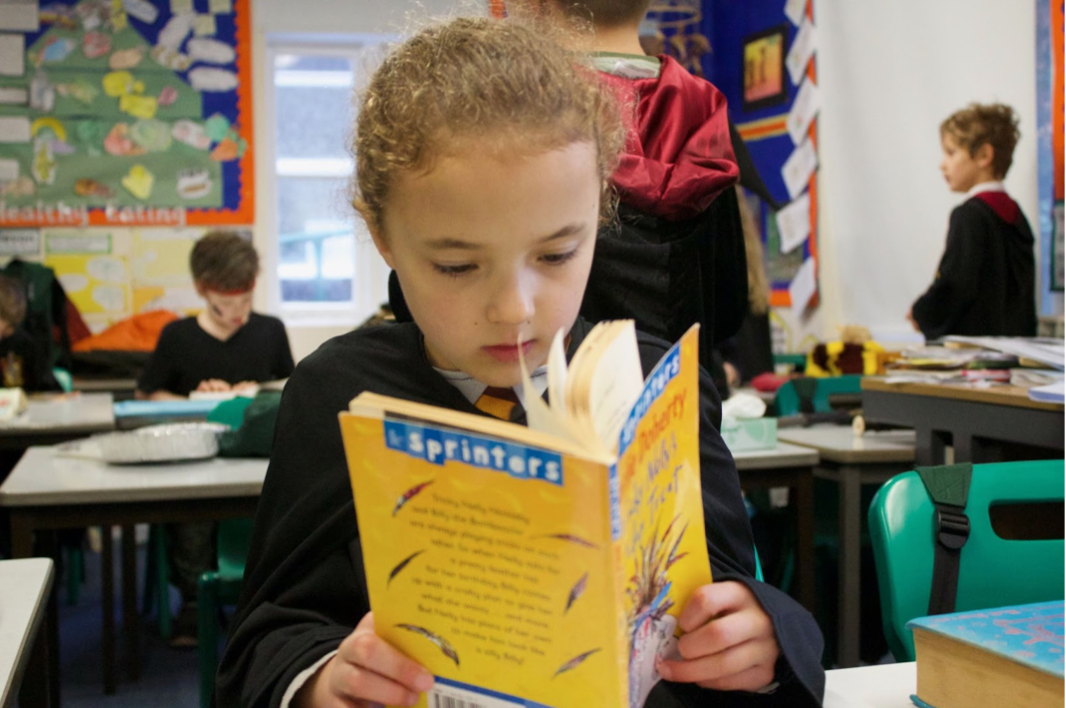
Treasure Hunts
How did Lucy discover the spare room? And how did Arthur find the sword in the stone? By exploring! One way to get your little one’s minds and bodies active is to make the stories, places and objects come alive.
Place objects around the garden and leave the rest up to your child’s imagination. After all, perhaps the fairies left them there?
There are a whole host of ways to encourage your child to engage with stories and to promote positive reading experiences. For more inspiration, take a look at our blog on fun ways to get your child reading.
Everyday Imagination
When we look around, there are an abundance of resources that have the potential for storytelling. You could create a story prompt jar or look at maps when searching for make-belief inspiration.
A walk in the park can be transformed if you imagine the trees talking to each other. Another way to get creative about storytelling is to look at wordless picture books; you fill in the blanks of the story by imagining what’s happening in the pictures.

Puppets
Some of the most lovable storytellers can sit at the end of our arms. Take your child back to prehistoric life with dinosaur puppets, or explore the deep ocean and starry skies with animals and characters specifically designed to help you bring your story to life.
You can even get puppets that fit at the end of your fingers, allowing you to hear from lots of characters at once! If you’re feeling adventurous, you could try telling stories in a different language and combine language learning with storytelling.
At St Peter’s Prep, we encourage children to explore educational opportunities both within and outside the classroom. We hope that our storytelling tips can help you to uncover the magic of stories!
For more information about the educational prospects at our private school in Devon, please call Rachel Elliott, Director of Admissions & Marketing, on 01395 280335 or email rachel.elliott@stpetersprepschool.co.uk.

